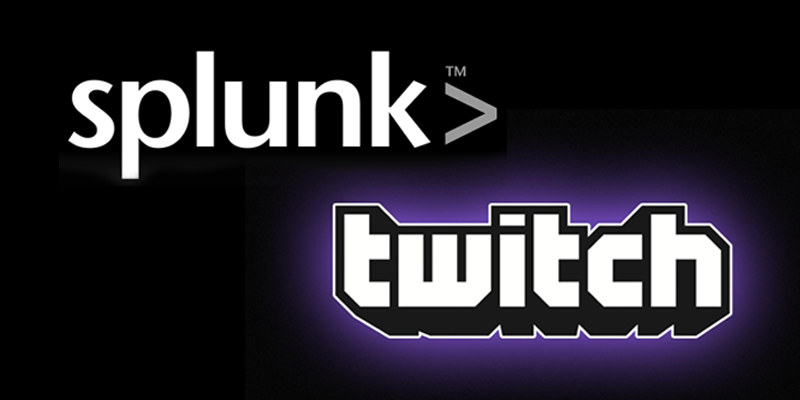Twitch has transformed the live streaming industry by revolutionizing the process of user broadcasting and real-time audience interaction. At 15 Million daily visitors, Twitch has grown to one of the largest sources of internet traffic. With the massive amount of information being shared in Twitch, we asked ourselves the age-old question: Can it be Splunked?
The short answer is: yes. Using Twitch's API we are able to gain access to a plethora of information. To start, however, we look at a single API endpoint and see just...





